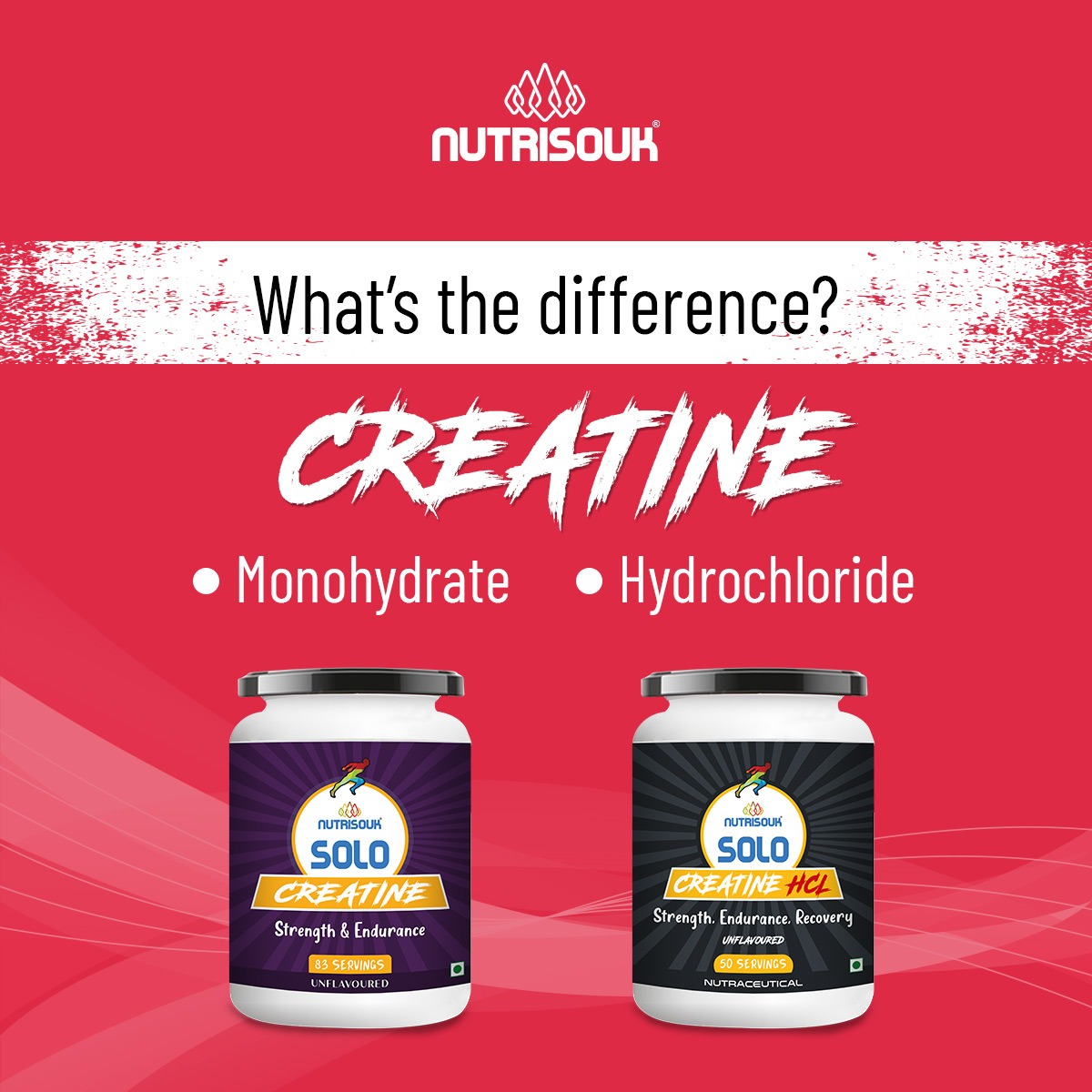Creatine is a popular dietary supplement used by athletes and fitness enthusiasts to enhance athletic performance, increase muscle mass, and improve exercise recovery. Two common forms of creatine found in supplements are Creatine Monohydrate and Creatine Hydrochloride (Creatine HCl). While both forms are effective at increasing intramuscular creatine levels, they do have some differences that may influence individual preferences.
Creatine Monohydrate is the most researched and well-established form of creatine. It consists of creatine molecules bound to a water molecule, making it easily absorbed by the body. Creatine Monohydrate is known for its cost-effectiveness and high availability in the market. Many studies have demonstrated its efficacy in increasing muscle creatine levels, improving strength and power output during high-intensity exercise, and promoting muscle growth.
On the other hand, Creatine Hydrochloride (Creatine HCl) is a newer form of creatine that has gained popularity in recent years. It is created by bonding creatine with hydrochloric acid to enhance its solubility and stability. Creatine HCl is often marketed as a more advanced and superior form of creatine due to its purported benefits of better absorption, reduced water retention, and decreased stomach discomfort compared to Creatine Monohydrate.
One of the main differences between Creatine Monohydrate and Creatine HCl lies in their solubility and absorption properties. Creatine HCl is claimed to be more water-soluble than Creatine Monohydrate, which may result in better absorption and utilization by the muscles. This improved solubility could potentially lead to lower dosages needed to achieve the same effect as Creatine Monohydrate, making it a more concentrated form of creatine.
Another difference between the two forms is their molecular structure and pH levels. Creatine Monohydrate has a higher pH level, which may cause some individuals to experience stomach discomfort or bloating when taking larger doses. Creatine HCl, with its lower pH level, is believed to be gentler on the stomach and less likely to cause digestive issues, making it more tolerable for some users.
In terms of dosing, Creatine HCl is often marketed as requiring smaller doses compared to Creatine Monohydrate due to its purported higher bioavailability. This could be advantageous for individuals who are sensitive to higher doses of creatine or those looking to minimize water retention associated with creatine supplementation.
However, it is essential to note that while some studies suggest potential benefits of Creatine HCl over Creatine Monohydrate in terms of solubility, absorption, and gastrointestinal tolerance, the overall scientific evidence supporting these claims is limited compared to the extensive research available on Creatine Monohydrate. More research is needed to definitively determine whether Creatine HCl offers significant advantages over Creatine Monohydrate in terms of efficacy and performance benefits.
In conclusion, both Creatine Monohydrate and Creatine HCl are effective forms of creatine that can help improve athletic performance and muscle gains. The choice between the two forms ultimately depends on individual preferences, tolerance levels, and response to supplementation. Some individuals may find that Creatine HCl offers benefits such as better solubility and reduced stomach discomfort, while others may prefer the well-established efficacy and cost-effectiveness of Creatine Monohydrate. It is recommended to consult with a healthcare provider or a nutritionist to determine the most suitable form of creatine based on individual needs and goals.



